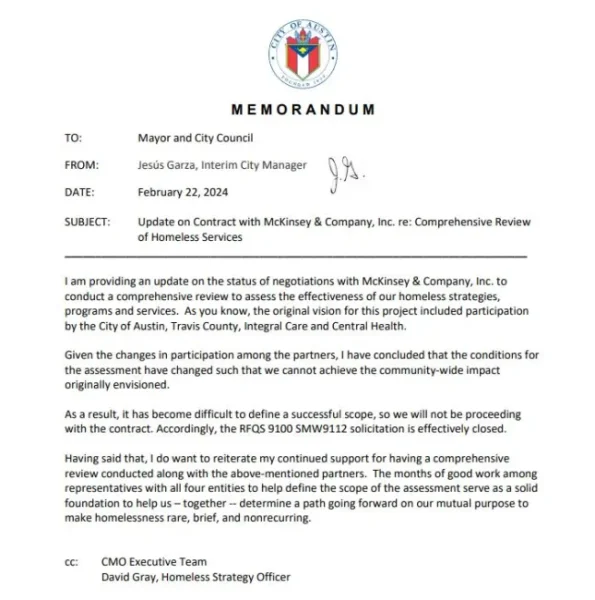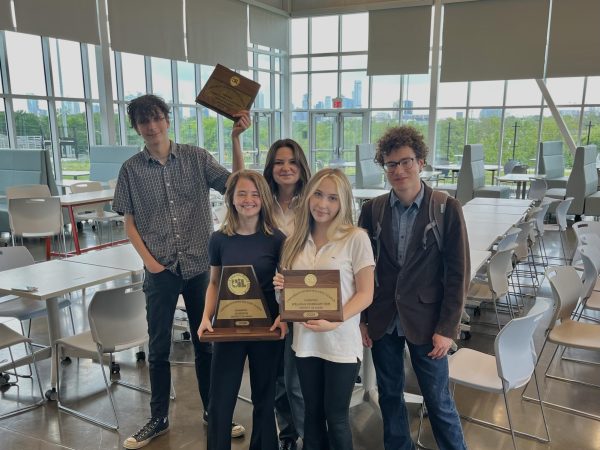A tale of two districts
While Austin ISD grapples with a $30 million deficit, a south Texas district launches a $20 million water park, funded in part with recapture payments
At the Austin ISD Board of Trustees meeting on Nov. 26, board members (from left to right), Ann Teich, Kristin Ashy, Amber Elenz, vice president Yasmin Wagner, president Geronimo M. Rodriguez Jr., Superintendent Paul Cruz, Jayme Mathias, Cindy Anderson, and LaTisha Anderson (not pictured) listen to community members as they discuss district problems and policies, propose ideas, and give thanks to outgoing board members, former secretary Julie Cowan and Edmund T. Gordon. Photo by Elisha Scott.
January 21, 2019
While Austin ISD officials are holding meetings and crunching numbers to slim down the budget as much as possible before the next school year, the faculty and students of La Joya ISD are looking out upon their new, chlorine-scented addition: a district-funded water park.
Budget cuts are certainly not a new topic in Texas schools, but the $30 million dollar deficit that the Austin Independent School District is confronting head on has sparked some controversy over the proposed solutions to eliminate that deficit. One of these ramifications that provoked student reaction on the Mac campus was the rumor of a possible removal of funding for the McCallum Fine Arts Academy. In the end, there was confirmation that this would not be the case.
When the reserve fund gets too low, then it affects the district financial rating according to the state.
— principal Michael Garrison
“Everybody that I have spoken with downtown says that the Fine Arts Academy will not go away,” McCallum principal Michael Garrison said. “The district realizes, as do we, that there is value in arts in the district, and there is value in having a quality program like the McCallum Fine Arts Academy.”
Other solutions that were considered to reduce expenses included the possibility of having teachers work seven out of eight periods next school year.
There was much concern over these possible cost-cutting measures, but neither proposed cost-saving measure was among the cost saving cuts proposed in the final report of Budget Stabilization Task Force that was submitted to AISD Superintendent Dr. Paul Cruz on Jan. 4.
A primary reason why the district is suffering from a $30 million debt is the funding formula crafted by the Texas Finance System. This formula requires a flow of money from districts with higher property values to districts with lower property values. Because the property taxes in Austin are so high, the formula requires that AISD pay a large amount of money into the recapture system. Schools in areas with lower property tax rates, among them La Joya ISD, 336 miles south of Austin along the Texas-Mexico border, receive money from the same recapture system.
I wish that we could lobby the state legislature and review this ‘Robin Hood’ plan. … It is hurtful to AISD for sure.
— Band director Carol Nelson
This method, commonly known as the “Robin Hood” plan, has been in effect for several years, and as a result district funding for programs within AISD have been adversely affected. Over that time, the district has been forced to dip into its reserve fund in order to pay for all its budget obligations.
But now, Garrison said, “They’re getting to a point where they can’t continue to do that, because when the reserve fund gets too low, then it affects the district financial rating according to the state.”
There are already consequences being faced to meet these new financial requirements, and according to band director Carol Nelson, teachers are having to step up and do jobs that they haven’t previously been required to do.
“We almost feel like we’re drowning at some points,” Nelson said. “We’re trying to do all these things and the school district is cutting down on funds for fine arts, so the director is calling upon teachers to help out with the things that the district used to do.”
These tasks require everything from organizing transportation for trips to calling and scheduling events such as the band’s pre-UIL performances. “I wish that we could lobby the state legislature and review this ‘Robin Hood’ plan. … It is hurtful to AISD for sure.”

On the other end of things, La Joya ISD (about five hours south of Austin), has recently opened up a $20 million dollar investment of a brand new water park. According to KTRK Houston reporters Ted Oberg and Keaton Fox, the district receives most of its funding from the state including Robin Hood payments from urban centers like Houston and Austin.
“The idea is to promote wellness for our kids while also improving academics,” La Joya ISD Superintendent Alda Benavides told the McCallen Monitor in a story published on April 7 (just before the park opened). “When you have 93.9 percent economically disadvantaged kids … to serve the kids you have to bring a lot of the experiences to them. … So, the district takes responsibility in bringing the opportunities.”
When you have 93.9 percent economically disadvantaged kids … to serve the kids you have to bring a lot of the experiences to them.
— La Joya ISD Superintendent Alda Benavides
In addition to the water park, the 215-acre complex includes a planetarium, a 27-hole golf course, tennis courts and a natatorium, the Monitor reported.
The park is made up of two body slides, a tube slide, lazy river, and multiple pools for recreational activity. The park has other uses as well, according to La Joya High School student Rebecca Ramirez. She said that the pools are used for swim team practice, with the location being much more convenient than their previous practice space. Ramirez, however, isn’t completely sold on the idea of using this funding for the water park.
“It honestly angered me at first,” Ramirez told MacJournalism. “In the past five years we’ve only had one or two district members travel to state from diving or swimming so I don’t understand our need to monopolize on it. I was not surprised that the school did not invest in its classroom resources such as smart boards, mold removal, or even better equipped AP teachers because this last year they also spent thousands of dollars on new stadium lights that did not need to be changed.”
I was not surprised that the school did not invest in its classroom resources.
— La Joya High School student Rebecca Ramirez
After a pause, she went on to say: “If it’s not budget cuts, it’s lack of recognition for the arts.”
Benavides told the Monitor that they were restricting the park to district student only until they learn how best to operate the facility.
“Since we just opened it, we thought we’d just do our district and learn from it,” Benavides said.
As for AISD’s budget woes, nothing has been officially decided as of yet, and the recommendations of the task force are just that … recommendations, but going forward, cuts will take place in some form. Whether it be elimination of jobs downtown or within schools, schedule changes for students or longer hours for teachers, the district is actively looking for a way to most efficiently beat this deficit.



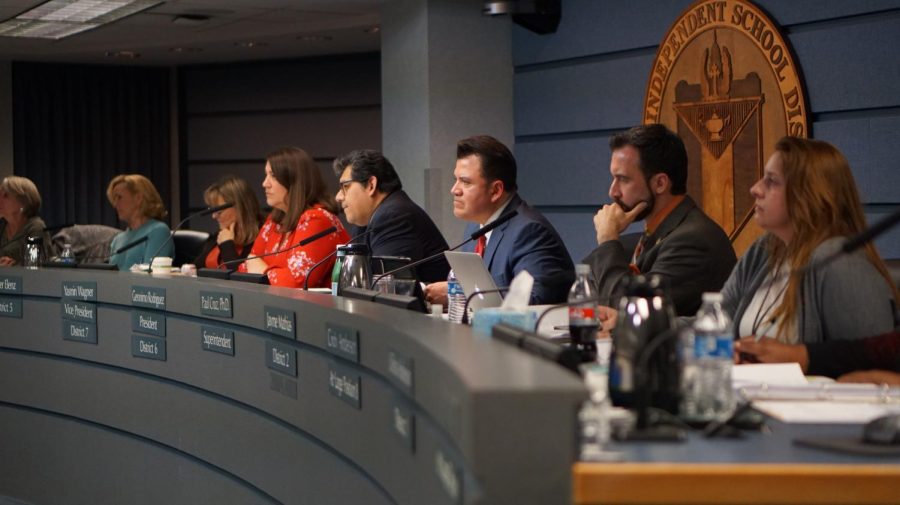
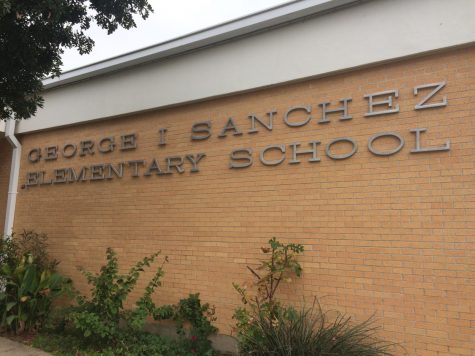
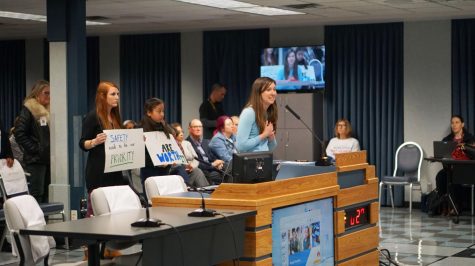

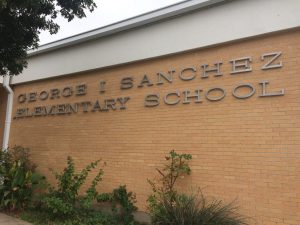
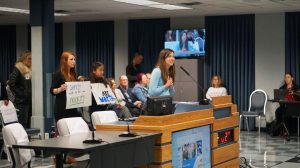





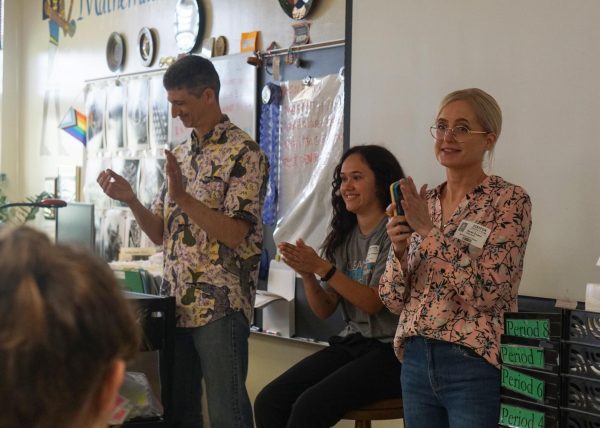

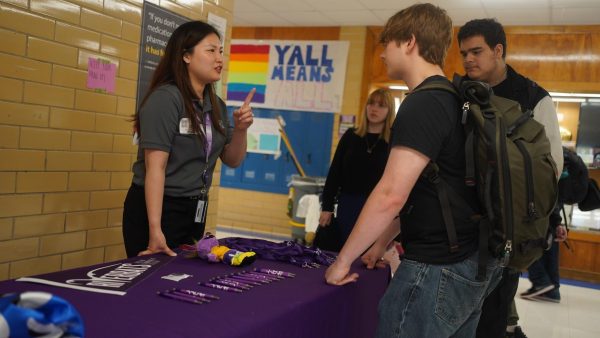

![With the AISD rank and GPA discrepancies, some students had significant changes to their stats. College and career counselor Camille Nix worked with students to appeal their college decisions if they got rejected from schools depending on their previous stats before getting updated. Students worked with Nix to update schools on their new stats in order to fully get their appropriate decisions. “Those who already were accepted [won’t be affected], but it could factor in if a student appeals their initial decision,” Principal Andy Baxa said.](https://macshieldonline.com/wp-content/uploads/2024/04/53674616658_18d367e00f_o-600x338.jpg)
